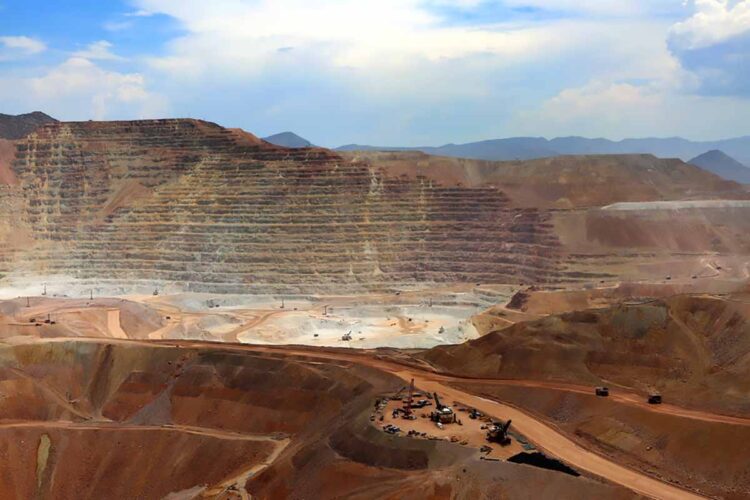A report from the International Energy Agency emphasized the “importance of unlocking the potential of recycling” and laid out policy recommendations for scaling up the industry globally.
“Recycling is indispensable to the security and sustainability of critical minerals supply for clean energy transitions,” the report noted. “While recycling does not eliminate the need for mining investment, it creates a valuable secondary supply source that reduces reliance on new mines and enhances supply security for countries importing minerals.”
Recycling could lower the need for new mining activity by 25% to 40% by 2050 if scaled properly, the analysis found.
Analyzing current trends, the report noted that use of recycled materials has failed to keep pace with material consumption. For example, the share of secondary supply of copper in total demand fell from 37% in 2015 to 33% in 2023. The share for recycled nickel decreased from 35% to 31% over the same period. Only aluminum saw an increase in recycled share, from 24% to 26%, due to the “well-established waste management programmes and supportive regulations,” the report added.
There are plenty of opportunities for expansion, especially in recycling battery metals, the report stated. Battery recycling capacity so far has expanded most rapidly in China.
In 2023, global capacity for material recovery grew by 50% year over year, and China accounted for 80% of that growth. The report projected that China will retain 70% of material recovery capacity in 2030, as the country recently announced the formation of China Resources Recycling Group, a state-owned enterprise for recycling and reusing end-of-life batteries, scrap steel and e-scrap.
There’s also been an uptick in policies and regulations: More than 30 new policies related to critical mineral recycling have been introduced since 2022, according to the IEA’s Critical Minerals Policy Tracker. They include strategic plans, extended producer responsibility, financial incentives and trade regulations.
“Some also include regulatory mandates such as industry-specific targets for material recovery, collection rates and minimum recycled content,” the report added. “However, most strategies are not yet comprehensive. Among the 22 countries and regions surveyed, only 3 had a broad framework that includes clear targets, implementation mechanisms, monitoring systems and economic incentives.”
Metal recovery from e‑scrap needs focused policy attention, the report noted. Of the 193 countries assessed, only 80 had e‑scrap regulations as of June 2023, “suggesting ample scope for strengthening policy actions.”
To help bolster recycling businesses and improve their economic viability, the IEA report authors suggested transitioning to financial models such as toll-based recycling and revenue-sharing. They also warned that “recycling is not free from environmental and social impacts.”
“In many countries, the waste collection stage often involves child labour or unsafe practices,” the authors wrote. “While various voluntary standards are emerging, there are still significant gaps in social and governance aspects, requiring efforts to strengthen existing recycling standards.”
In addition, there’s a large gap in recycling rates between established and developing economies, the report noted, especially concerning e-scrap. Collection rates are below 5% in developing economies in Asia and Latin America and are 1% in Africa, with little change since 2010. Rates are closer to 30% in Japan and Korea and between 40% and 50% in Europe and North America, the report found.
“Support to strengthen collection and recycling infrastructure in developing economies, along with technology and skill transfer, can help prevent waste from ending up in landfills while fostering economic development in these regions,” it added.





















